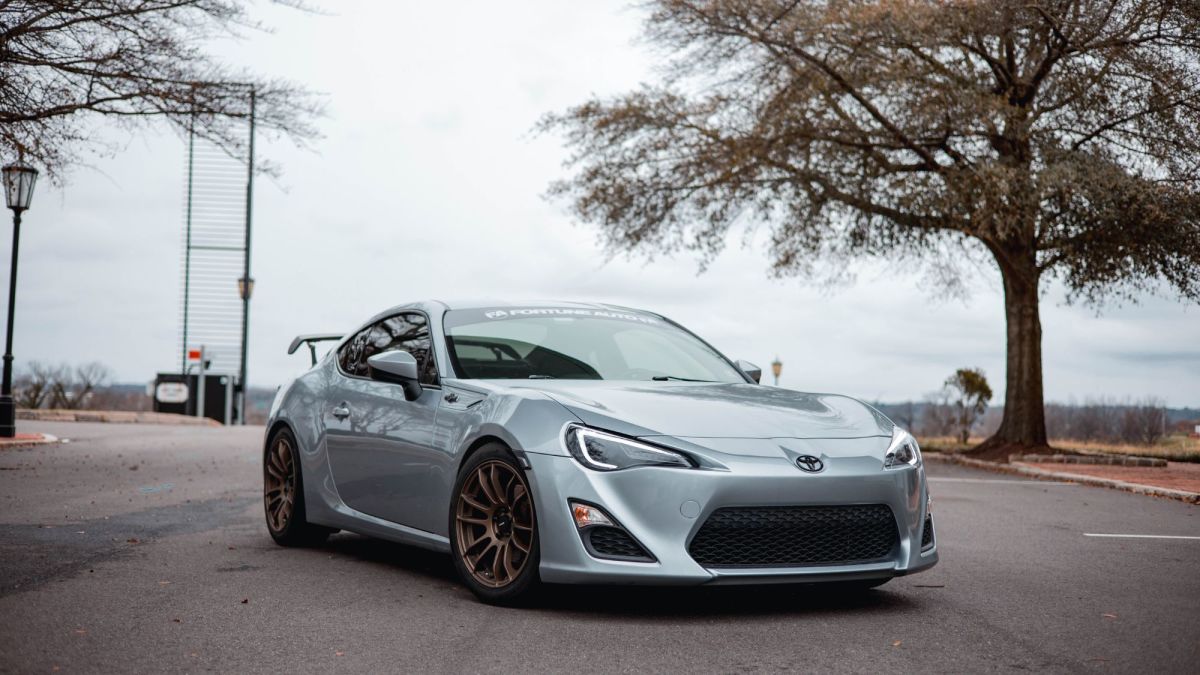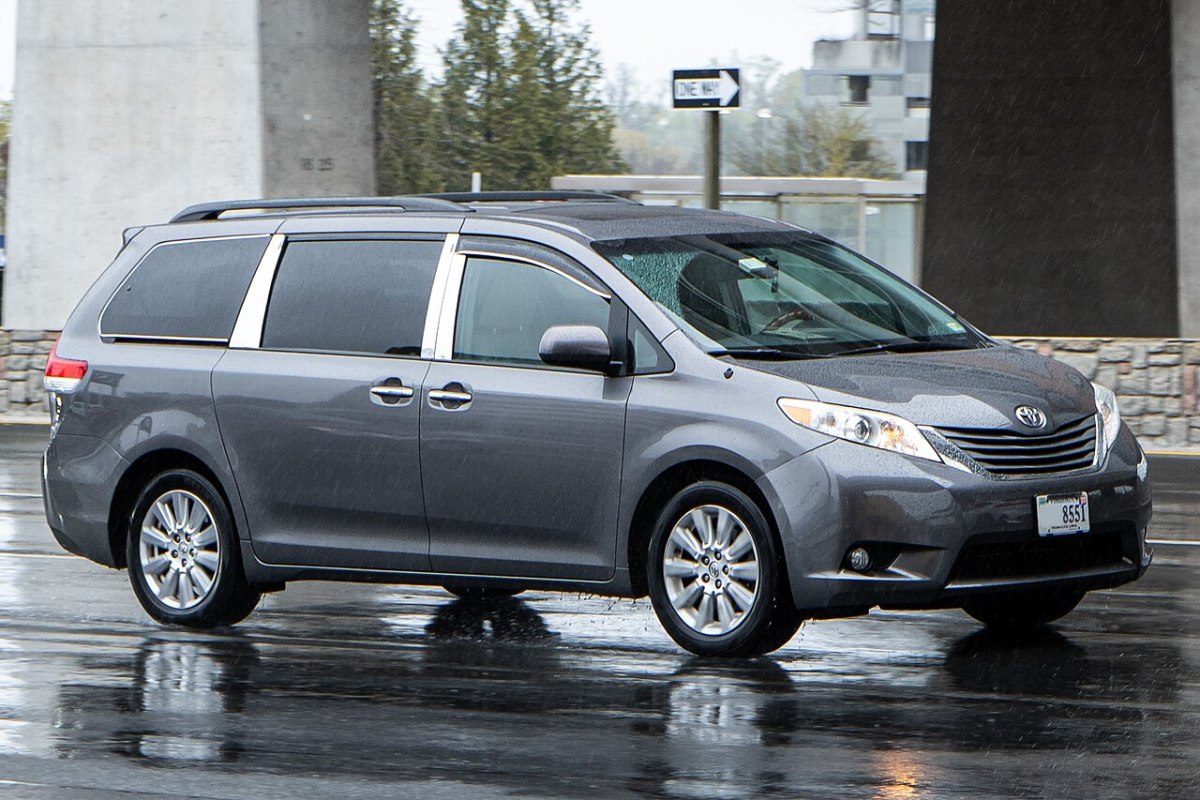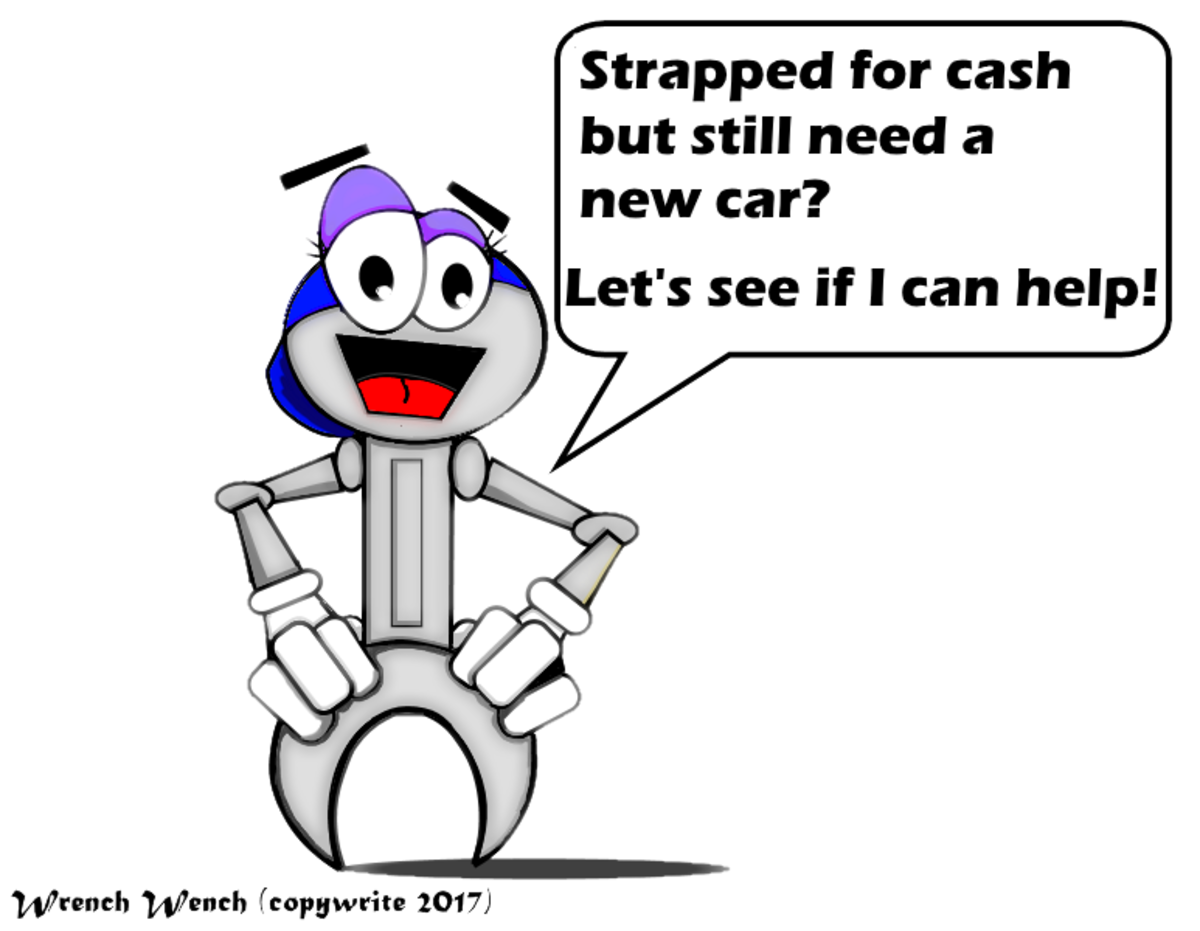Making The Trade
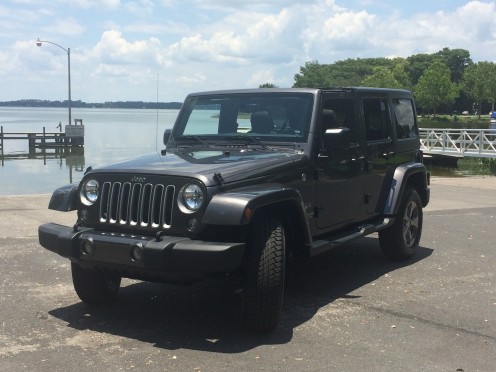
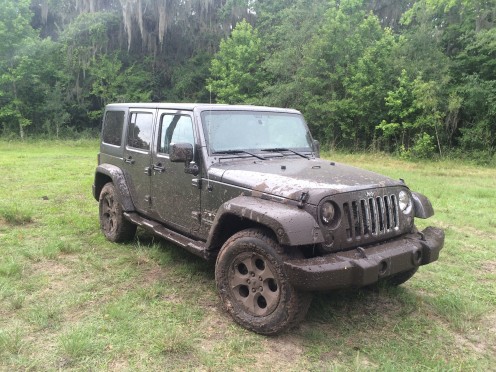
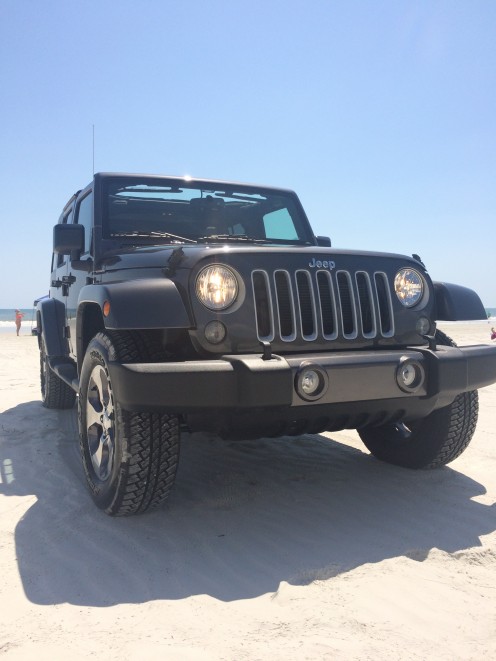
Over the years I’ve purchased a fair share of cars. Sometimes I did it for the right reason while other times I should’ve held on to the car I had at the time. I’ve also made good deals and horribly bad deals that I should’ve walked away from. Here I’d like to give you a few of the lessons I’ve learned so that you can avoid the pitfalls that I fell into a time or two.
Should you trade it in?
Deciding on whether or not to trade in your vehicle involves considering:
- Is your current vehicle meeting your needs?
- Does it need any expensive repairs?
- Will you come out ahead if you trade it in?
- What are you going to need the vehicle for 5 years from now?
- Have you considered the total price of trading the vehicle in?
- Should you hold on to the vehicle to donate it or give it to a family member?
The first thing to consider before making the decision to trade in your vehicle is whether or not your current vehicle is meeting your needs and/or the needs of your family. If you’ve got kids on the way and you’re driving a two door vehicle it would definitely be a good idea to get something with four doors and the size that you need to transport your expanding family.
On the other hand, if your vehicle now is suiting your needs maybe it’s a better idea to hold on to it and start paying a car payment into your savings account so that you’ll have a considerable down payment or the total amount you need to pay for the vehicle outright.
When it comes to repairs it can be a hard decision to make regarding whether or not to trade it in. Let’s say you need a new transmission that will cost $3,000. It’s a hard pill to swallow but if you shell out the money now and the vehicle lasts five more years then you’ll come out ahead. However, if we’re talking about a 1986 Honda Civic with a bad transmission then maybe it’s time to quit being cheap and go out and buy another vehicle.
Remember when gas prices were over $4 a gallon a few years ago. Like everyone else we didn’t want to shell out that much for gas so we traded in a Chrysler Town and Country for a Toyota Yaris. This was easily one of the worst decisions that I’ve ever made. Sure we saved a lot of money on gas but we were a family of four cramped into a subcompact that didn’t work for our family. In the end we didn’t come out ahead because the two door subcompact didn’t suit our needs. Two years later we traded it in on a Jeep Commander that has really served our family well for the last six years.
You should also consider the total price of trading your vehicle in. If it’s paid off it’s kind of hard to justify spending the cost of the new vehicle, the increase in insurance and the increase in spending on gas. The truth is that the vast majority of the time we give up on our vehicles before they break down mechanically to the point of really needing a new one.
You might also consider donating your vehicle to a charity or to the local high school so they can use it for Drivers Education or classes on automotive repair.
It’s not that you should never trade in your vehicle, it’s that when you do the time should be right and for the right reasons so that the new vehicle becomes a good thing for your family and not a burden.
A Little Wax Goes a Long Way
Before you drive your trade in up to the dealership, take the time to get it in perfect shape. The dealership is going to have it appraised while you’re there and they’ll be looking for anything they can to justify giving you less than you deserve. At this point you’ve become a salesman because it’s your job to sell the vehicle for the highest price possible to the dealership. Tell them about the tires you put on three months ago or that you kept it in the garage the whole time you owned it. Anything you can think of to counteract the lowball offer you’re going to receive might help.
Perfect Example: My wife and I traded in our 2012 Ford Focus and were told that we were getting $1,400 less than what it was worth because there were love bugs on the front bumper.
Wash it, wax it, deep clean the interior and make it look like it could be put right out onto the dealership floor to be sold. Tip: Dryer sheets work really well to get bugs off of your front bumper. Hold a sheet under a faucet for a second and then use it to wipe down the bumper.
Repair anything that you can on your vehicle that is within reason. For example, if your tire pressure indicator light is on, fill the tires with air to clear out the flashing icon on your dashboard.
You can also log on to the manufacturers website and put in your VIN to look for any recalls on your vehicle. Having these things fixed for free by the dealership will make the vehicle safer for the next driver and not penalize you on your trade in value.
Find Out What’s It Worth
Go to Edmunds.com, KBB.com and/or Cars.com and get an estimate on what your vehicle is worth. When you estimate your vehicles worth on KBB.com the information that you’ll receive is based on Kelly Blue Book value. There’s also a Kelly Black Book value. The Blue Book value is what you and I look at to determine the worth of our vehicle. The Black Book is the amount a vehicle is worth between two dealers.
Another thing you should know is that when a dealership is giving you a really low offer for your vehicle they might be doing it based on auction pricing. The reason being is that they can buy the same vehicle you’re trading in by going to an auction and paying roughly 60% of the Kelly Blue Book price for the vehicle.
So what happens if you’re upside down and owe more than the vehicle is worth?
More than likely the dealership will be happy to pay off your trade completely and then add the difference between what the vehicle was worth and what the payoff was to the vehicle you’re purchasing. For example: If you owe $15,000 on a vehicle and it’s only worth $11,000, the difference is $4,000, which will be added onto the new vehicle price. Now instead of financing a $25,000 vehicle, you’re financing $29,000.
The Offer
Never accept the first offer from a dealership on your trade in.
When you go to buy your new vehicle you will always be given a low-ball offer first. So lets say that your vehicle is worth 10,000 on trade in and you’re offered $6,000. At this point you’re going to present your estimated vehicle worth from the three websites above and present it to the salesman. He’s going to pretend to be your friend and advocate for you to the finance manager behind the magical curtain. It’s a sham. This guy isn’t your friend and he is not advocating for you. You may get another $500 but they’re going to reach their limit quickly. Counter offer until you reach a number that you’re comfortable with. Make sure you know this number prior to going into the dealership.
Keep in mind that any modifications that you’ve made to the vehicle may drastically affect the offer you’ll receive. Any modifications to the suspension for example can cut your offer by up to 50%. If there are any modifications that you can easily reverse, it would be a good idea to return the vehicle to stock condition.
If you aren’t offered an amount that you think is reasonable for your trade in, stand up and walk out of the dealership. An important thing to keep in mind is that this should never be an emotional purchase. You’re buying a product and you deserve to get the best price and deal on the vehicle you’re purchasing.
Dealer Fee’s. Some dealerships have them and some don’t. So what do you do when you don’t want to pay them but you’re at a No Haggle dealership? Counter offer your trade in value to include the dealership fees. For example, if they offer you 6,000 for you trade in and you know it’s worth 7,500. Get the value as high as you can by counter offering based on the KBB value. When you get them to 6,500 add on the 800 dealership fee and state that you won’t take less than $7,300 on the trade.
Recently we traded in a 2012 Ford Focus for a 2016 Jeep Wrangler. Was it worth it? It definitely was. We’ve had a blast with the Wrangler and a case could be made that it’s the best vehicle on the road for family fun. Trading in the Focus might seem like it goes against some of the advice provided here but remember that ultimately you need a vehicle that suits your family’s needs and one that doesn’t burden your family financially. Our Jeep Wrangler checked off both of these boxes.
Hope this helps. Have a good one.






